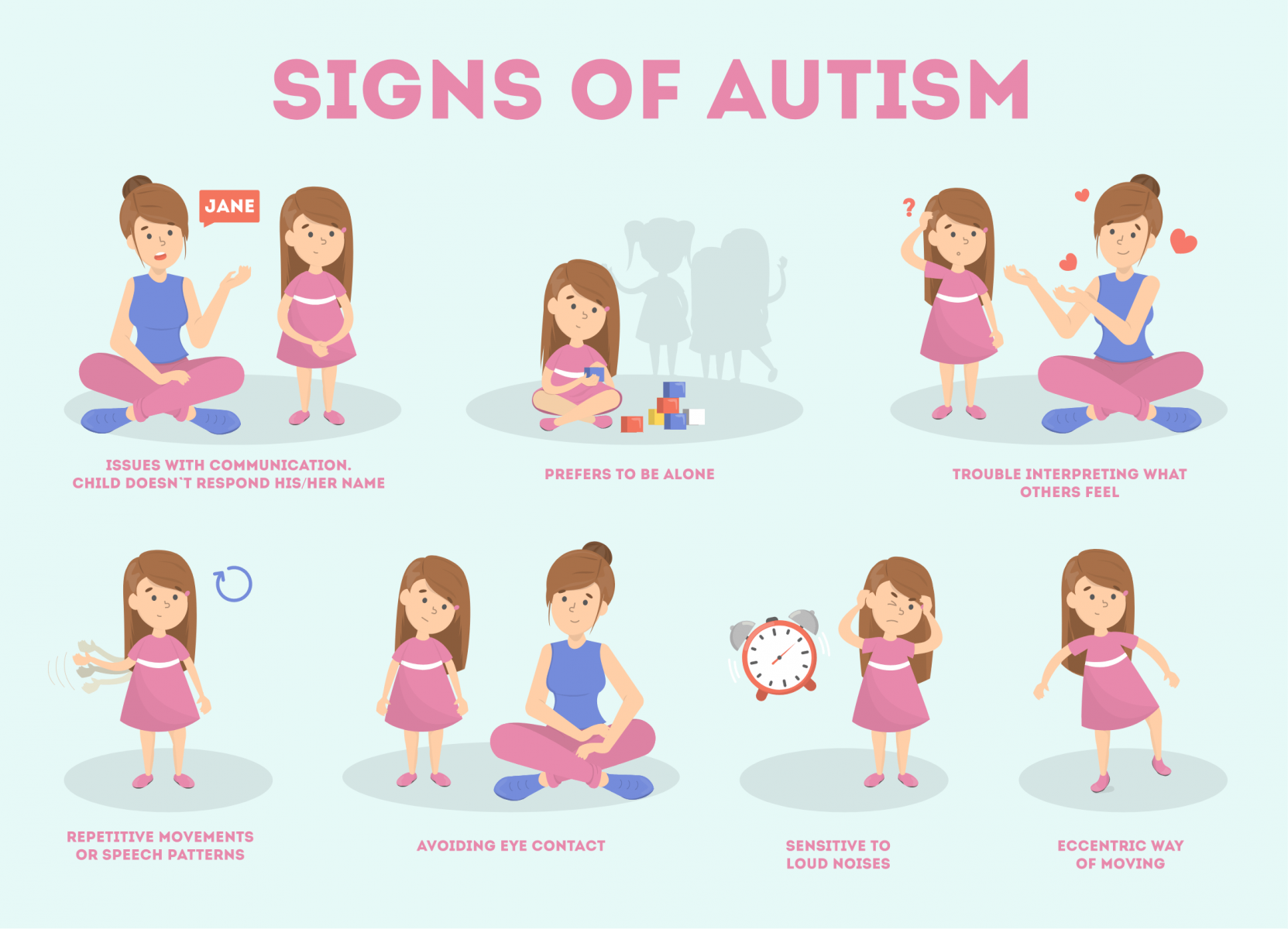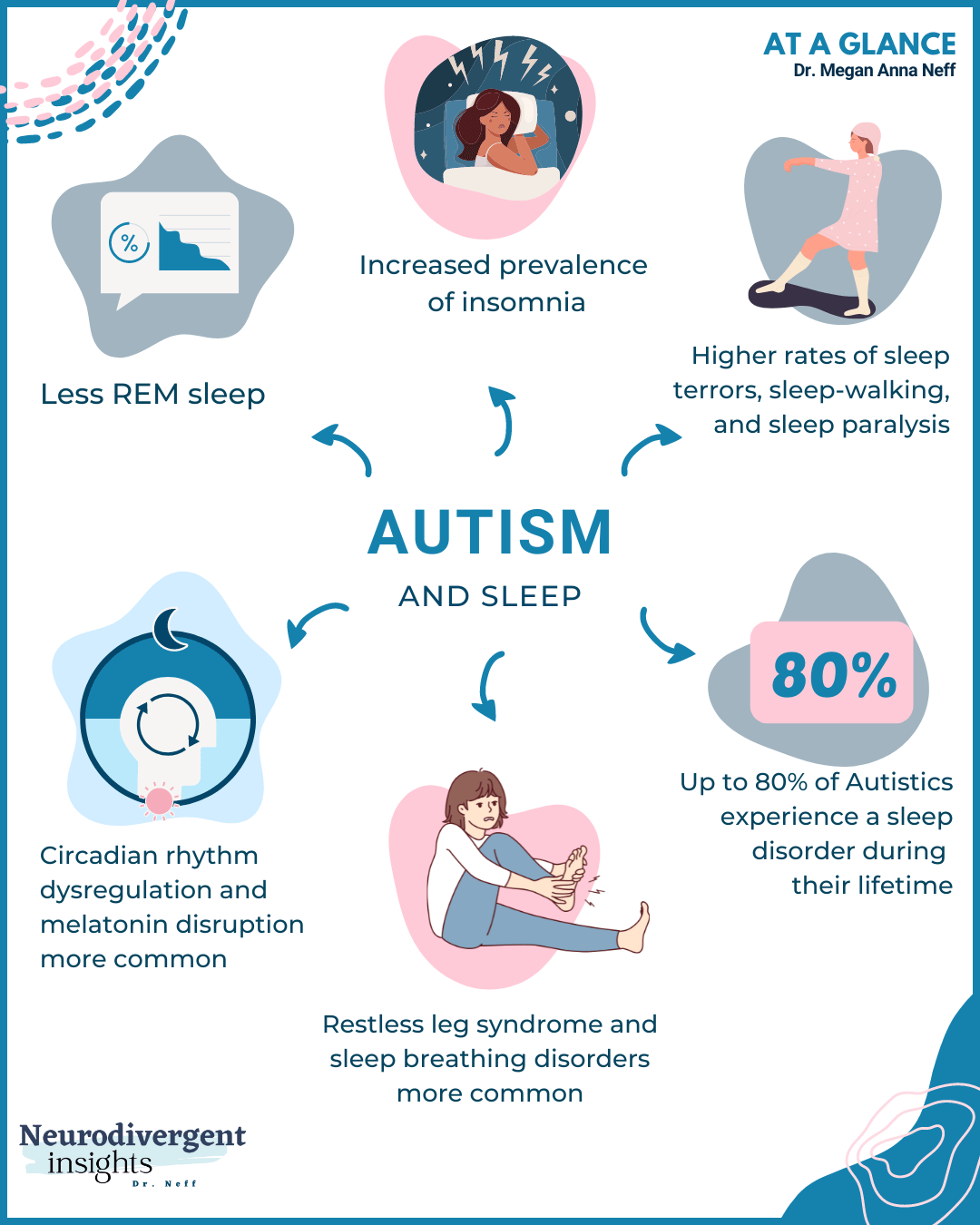Addressing Typical Misconceptions: What You Ought To Know About Autism Today
Addressing Typical Misconceptions: What You Ought To Know About Autism Today
Blog Article
Exploring Autism: Techniques for Efficient Communication and Interaction
Reliable communication and communication with individuals on the autism range demand a comprehensive understanding of their special requirements and preferences. The intricacies of these strategies reveal more considerations that warrant expedition, particularly in how they can be adjusted to varied contexts and private experiences.
Understanding Autism Range Condition
Autism Spectrum Condition (ASD) encompasses a series of neurodevelopmental problems identified by challenges in social interaction, communication, and repeated habits. The term "spectrum" reflects the varied manifestations and differing levels of intensity experienced by people with ASD. While some may show substantial problems, others might present high-functioning attributes, enabling better freedom in day-to-day live.
The beginning of ASD normally takes place in very early childhood years, with indicators often recognizable by age 2. Very early indications may consist of delayed speech development, limited eye call, and troubles in understanding social hints. Although the exact etiology of ASD stays uncertain, research recommends a mix of hereditary and ecological elements plays an important function in its growth.
As a result, treatments and support customized to individual demands are necessary for fostering communication and social skills. Identifying the intricacy of ASD is important for advertising understanding, acceptance, and reliable approaches that promote significant communications with individuals on the spectrum.

Importance of Clear Communication
Efficient communication is important for fostering understanding and connection, especially for individuals with Autism Range Condition (ASD) Clear interaction not just facilitates social communications however also enhances the individual's capacity to reveal their needs, thoughts, and feelings. For people with ASD, the nuances of language can frequently be testing; for that reason, using distinct and straightforward language is essential.
Additionally, clear communication helps in reducing aggravation and anxiety that may emerge from misunderstandings. When messages are conveyed in a regular and direct way, individuals with ASD are better equipped to translate details accurately, which can dramatically enhance their social interaction and engagement in numerous settings.
Establishing routines and utilizing aesthetic assistances can better bolster clear communication. These methods give individuals with foreseeable frameworks that assist comprehension and retention of info. In addition, actively being and listening individual throughout communications promotes an encouraging atmosphere where people with ASD really feel valued and comprehended.
Eventually, focusing on clear interaction not just encourages individuals with ASD but also fosters more significant links with their peers, caretakers, and the larger neighborhood, leading the means for comprehensive communications and joint relationships. - autism
Non-Verbal Communication Techniques
Communication expands beyond words, and for individuals with Autism Spectrum Disorder (ASD), non-verbal cues play a significant role in interactions. Non-verbal communication techniques can consist of face expressions, motions, body movement, and eye call, every one of which work as vital elements for communicating intents and feelings.
Comprehending and interpreting these non-verbal signals can enhance communications with people with ASD. A cozy smile or open pose can produce a welcoming a knockout post atmosphere, encouraging involvement. Making use of visual aids-- such as photo cards or symbols-- can bridge interaction voids and assist convey messages a lot more efficiently.
It is also vital to be mindful of personal area, as individuals with ASD might have various comfort levels pertaining to distance. Observing their responses to physical distance can inform ideal modifications.

Creating Encouraging Atmospheres
Creating a helpful environment is crucial for cultivating favorable interactions and boosting the wellness of individuals with Autism Range Condition (ASD) Such atmospheres can considerably reduce anxiety and produce a sense of safety and security, enabling individuals to reveal themselves more openly.
To achieve this, it is necessary to think about sensory sensitivities that people with ASD may experience. Modifying the physical room to include soft lights, minimal history sound, and comfortable seats can develop a calming environment. Additionally, using constant routines and clear aesthetic schedules can assist individuals prepare for transitions and minimize unpredictability, additional promoting comfort.
Social areas need to be structured to decrease frustrating stimulations while offering possibilities for engagement in recommended activities. Assisting in locations assigned for silent time can also act as a haven throughout minutes of stress. Significantly, including elements of option equips people, allowing them to exercise company in their atmosphere.

Motivating Social Interactions
Cultivating social communications among people with Autism Spectrum Problem (ASD) needs intentional strategies that prioritize comfort and interaction. Establishing predictable routines can assist decrease anxiousness, making social settings extra approachable. Creating structured settings with specified duties and functions permits individuals to involve without the overwhelming stress of unstructured social dynamics.
Including rate of interests and strengths into social activities can offer as a catalyst for interaction. For instance, arranging team tasks around shared pastimes or subjects of attraction can facilitate all-natural discussions and links. In addition, utilizing aesthetic supports, such as social manuscripts or this contact form pictorial routines, can aid in understanding social cues and assumptions.
Modeling suitable social habits is critical - autism. Peers and grownups ought to demonstrate efficient communication techniques, including active listening and turn-taking. Role-playing situations can likewise offer a risk-free room for people to exercise these abilities
Lastly, fostering peer relationships through inclusive practices is important. Encouraging inclusive playdates or group outings can create opportunities for socialization in a comfy setup. By applying these approaches, instructors discover this info here and caregivers can substantially enhance social communications for people with ASD, advertising their overall social development and health.
Conclusion
In conclusion, reliable communication and communication strategies are necessary for sustaining individuals with Autism Spectrum Condition. Eventually, these methods empower people with autism to browse social landscapes, advertising their total well-being and enabling the advancement of lasting connections.
Efficient interaction and communication with individuals on the autism spectrum require a thorough understanding of their unique demands and preferences. Clear interaction not just facilitates social communications but additionally enhances the person's capacity to share their feelings, thoughts, and demands.Fostering social interactions among individuals with Autism Spectrum Condition (ASD) calls for willful methods that focus on convenience and involvement. By applying these teachers, techniques and caregivers can dramatically boost social communications for individuals with ASD, promoting their overall social growth and well-being.
In conclusion, reliable interaction and interaction methods are important for supporting people with Autism Spectrum Condition.
Report this page